All images courtesy of Bernardo Palmeirim
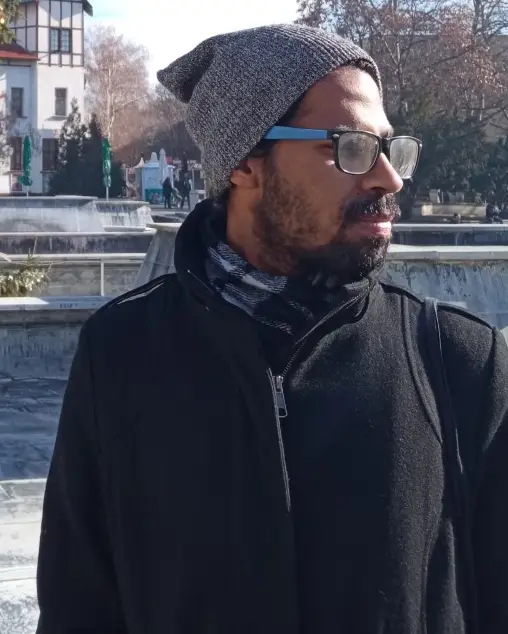
By Fábio Moniz
fabiorubenmoniz@gmail.com
After a year and a half of study at Hot Clube Portugal, as a jazz guitar student, Bernardo Palmeirim formed a band named The Grey Blues Bend – playing with Norberto Lobo, “The best Portuguese guitarist on the scene,” as Palmeirim tells us, and music producer Pedro Magalhães and other musicians. This English-song project may have come out of his need, “As a bilingual speaker, to express myself in English,” since Palmeirim had been in an English school since he was three years old.
Around 2002, with some money he had saved from teaching English, Palmeirim invested in a home recording studio, where he found several tools and the wonders of technology such as the ProTools Digi001. “One of the breakthroughs for a home recording setup, something you could link to a desktop,” and started recording The Grey Blues Bend.
It was much later, in about 2009, that Palmeirim started his NOZ project – at first more of an acoustic solo project. However, Bernardo later met, “This extraordinary drummer, with whom I still play, Ricardo Martins.” They started rehearsing, “some acoustic songs in English,” Palmeirim tells us. But it was at that time that Bernardo made a discovery that would change his wanderings through sound space: “It happened (…) with me discovering a piece of software called Ableton Live, which is basically a software for DJs/producers, but that I could use for something that I have always envisioned,” which was, “to use the computer to produce sounds, to manipulate them at home,” since he could not afford all that studio time.
Palmeirim sees the machine not as a limitation for the creator, but as a place for co-creation, a way to transcend the limitations of the machine, by pouring some humanity into it. Bernardo tells us about the emergence of music technology and the effects in recording studios at the time of Abbey Road, in the 60s, “With the effects and everything, the tool itself participates in musical production,” says Palmeirim. “Those incredible The Beatles’ albums, Revolver, Sgt. Pepper, etc., (…) are really hard to reproduce live because you could not take the studio with you, and you were experimenting (…);” and keeps on going, telling us that ‘now, (…) in this new revolution, we are at a time where we can do this (…), using that sound engineering on the stage (…) in real-time.” Palmeirim’s interaction with Ableton Live blew his mind at the moment he realized he could use it not as a DJ, playing sounds that were already created, but actually creating sounds live, in real-time.

While he had started on this sound-design path at the time with The Grey Blues Bend, it really took off in a new direction with NOZ (pronounced in English sounds like “noise.” in Portuguese like “us”). A path of experimenting with sounds and coming up with new and interesting ones, “Earlier started with ProTools and now in a much more intuitive manner with Ableton Live,” Palmeirim tells us, showing us a piece of equipment he has come up with – a regular computer keyboard adapted to be used as a foot-controller for Ableton Live! From such equipment, Palmeirim was able to start recording the base of his NOZ songs at home – guitars, electronics, loops, sounds – later taking this work already prepared to a studio. This all came to a head with the first album recorded for NOZ.
How much time does it take Bernardo to record a project?
Unfortunately, as Palmeirim is often busy with his work as a university professor, it can take up to over a year to record a project at home. The good thing was the methodology that enabled it to come out, for it was the result of teamwork, along with Ricardo, at a residency in Barcelona, where they would meet, play, improvise and experiment twice a week. At the same time that Palmeirim and Ricardo were working on the sound, Álvaro Icaza (the visual artist responsible for most of their video clips), was engaged in creating VJing materials for their live shows—enabling listeners to dive into another world, “Which was something we have always loved, to have this immersive [atmosphere] for concerts, whenever possible. I love the amphitheater structure as a venue, where you can have a very good sound, enclosed, with video projections, so you can be taken to a different planet,” Palmeirim shares with us. A rather experimental process that, in the end, was successful, indeed!
The album’s philosophy, then, “Was to experiment with the song format (…). We were deconstructing the song format. There may be only one or two songs that have a chorus [somewhere] in there. [As for] the others, not really,” Palmeirim shares with us. He adds, “It contradicts our expectation of song.” The song that Palmeirim tells us about, “Rippin’,” was, “A really extended piece, which is suicide for the radio,” but Palmeirim tends to “Write these longer pieces also for the love of the instrumental part of the music.”
Palmeirim wasn’t looking for the typical song, the biggest difference from his newest work of his, Powehi. Indeed, this latter still has some long-duration songs, “Something which is inherent to me, (…) a love for the long song format.” Powehi is still, “Very experimental, when it comes to the sound design part, experimenting with Ableton [Live], creating soundscapes, but it is more song,” Palmeirim shares with us, “With more structure. It’s a bit more palatable, a bit more listener-friendly, rather than the more radical experimentations we did with.” In Palmeirim’s opinion, this latest is a more harmonic and balanced album. Having returned to Lisbon in 2014, the duo then turned into the current trio, boasting Gonçalo Castro on bass.
The project NOZ also has the philosophy of, through using Ableton Live, “To balance [in an aesthetic term of the sound] the digital, the acoustic, and the electric,” something that required, “Quite a bit of trial and error for the creation of a rig,” Palmeirim confesses, “It has taken me some years to reach this stage.” The idea behind it is that Palmeirim can achieve a hybrid sound, “Which has been the search of NOZ,” through the voice and the guitar, “Which is basically what I do with my body, the singing, and the playing guitar.”
Palmeirim, then, sought to draw a parallel chain of sound, where he uses a splitter – an ABY – to either select his “A” sound (computer-processed guitar) or his “B” sound (electric guitar going through foot pedals and an amp) – although, “More often than not, I use both, so I have a composite sound.” Not only does Palmeirim do this with his guitar, but also with his voice!

Palmeirim has often argued with musician friends, who tell him that digitally-modified sounds are artificial and technological. His reply is usually, “Everything is technological (…). The guitar is equipment… The least technological instrument is the voice.” Palmeirim then shares that, “Interestingly, many have by now come to my side.”
Palmeirim, at some point during the interview, shows us his setup, in which he shares with us not only the modified Ableton Live controller keyboard but also the expression pedal he uses to change the parameters of the different effects and layers he programs for each song. Not only per song is Palmeirim able to program it but even per section of a single song. But this rig has given Palmeirim a lot of work! He even had to learn some code so as to control a plug-in he uses, to be able to get to customize his Ableton Live setup. “It has been quite a journey,” Palmeirim confesses.
With the help of another piece of machinery, a Novation MIDI controller, Bernardo is able to change, on-the-fly, the parameters he uses per song. These pieces of machinery, as we have called them just now, according to Palmeirim, “Is the mix between having this production element of composing things and improvisation.” Palmeirim describes it as, “Trying to acquire a role as a kind of a songwriter who is then DJing his own songs.” It can start as a song, but it can end up as something totally different, a completely different jam experiment. Palmeirim’s ability to change each sound in real-time is also a way of playing a medley of his own songs.
If you’re ready for it, then you’re ready for it!
The new album has been out since the 11th of February. Check it out, following the links we will provide. By the name Powehi, which has a wonderful meaning that takes the listener beyond just music, but also that image mix Palmeirim shared with us, and which we have quoted somewhere above. A word from a Hawaiian 18th-century chant, used by a scientist to name the first picture of an actual black hole, which means, “The adorned fathomless dark creation or an embellished dark source of unending creation;” something truly majestic, as Palmeirim admits, adding, “I fell in love with it and just wanted to call it [the album] that; it’s a bit like creation itself, just things that come out of nowhere, has this really mysterious side to it;” and it fits perfectly with the improvisational side of Palmeirim’s creation.
The second album, Powehi is, “The sum of its parts. There are two or three which are a bit like flash fiction,” Palmeirim confesses. In talking a bit about the creative writing lessons he teaches at university Palmeirim says, “The single “She & He” is sort of a story or a love parody. With characters.” In Palmeirim’s words, “The single “She & He” is a Shakespearian kind of play, in which everything takes a twist, and everything gets upside down. The album’s songs, though are very diverse.”
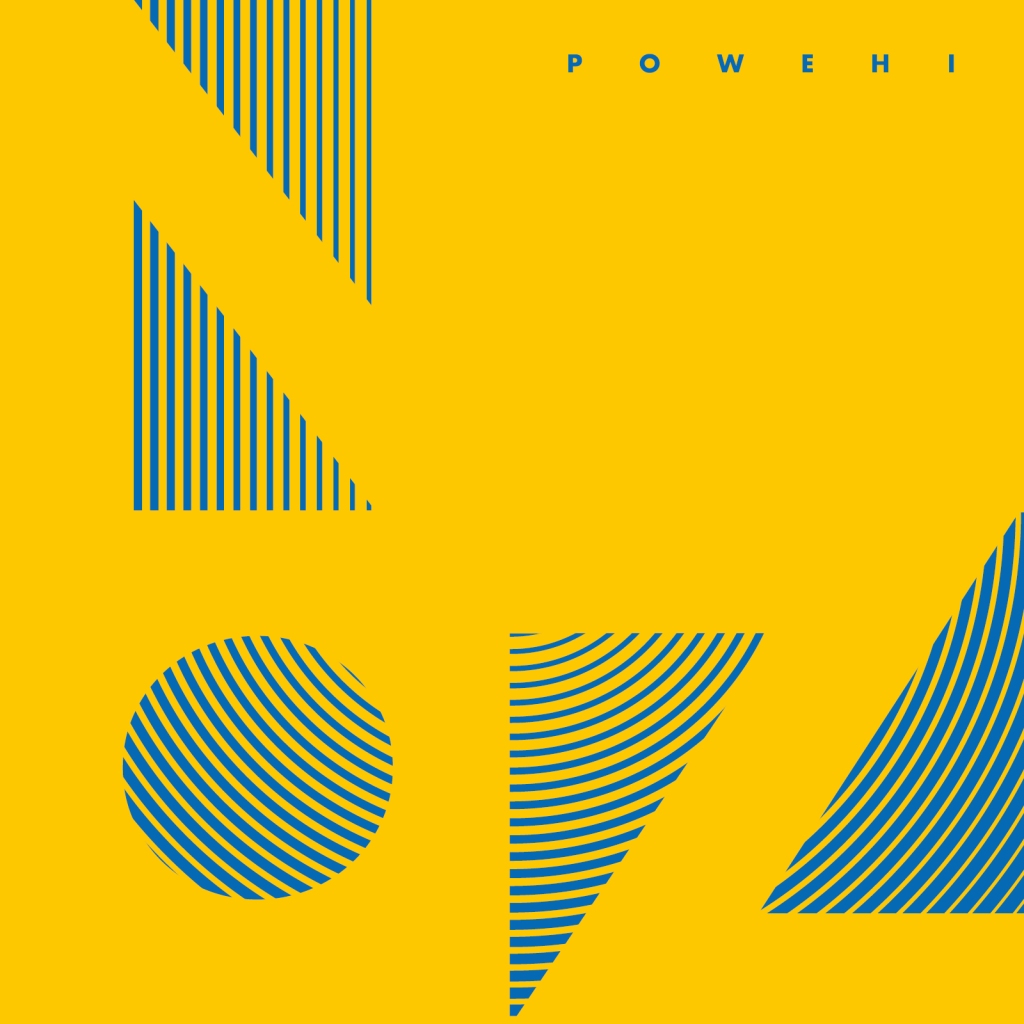
The second single, according to Palmeirim, is very melancholic, “It’s kind of a post-break-up fiction.” Palmeirim, similarly to Larry David’s script writing, takes these real-life experiences and, “Takes them to the extreme.” In the end, “That story didn’t really happen, but I’m talking about those feelings, I know those feelings,” Bernardo tells us, explaining how the songs in the album vary much from each other. From this variation, Bernardo looks forward to giving not more of the same, but more of something else, letting the listener visit different planets, as Palmeirim puts it. Evolution and improvement shows itself in this variation Palmeirim looks into, “Not staying put, in the same place.” The experiments are tentative in being creative and not stagnating.
Sounds and genres. Related; non-related. What genre are we listening to, here?
Palmeirim thinks not about genres, “Only when I have to type something when uploading it to Bandcamp or something. It’s just a label for people who are looking for something.” Palmeirim then shares with us, “If I have to put a label, it would be alternative something, because it is not a specific something.” Palmeirim finds himself in this more eclectic mind-space, “That’s how I listen to music.” There are those artists to whom Palmeirim comes back to listen from time to time, other than that, there’re those artists who are always coming and going. Some of them leave something or other that makes him fall in love with, a specific detail, “It’s one tiny element, more than an artist.” Palmeirim, too, when creating, really looks much into these details, going back and forth in his recordings, listening to their recordings through various types of output, in search of those little elements.
“There are whole months at a time when I have to dedicate more time to my job,” Palmeirim shares with us. And with the COVID pandemic on top of it, “Due to all the changes and the problems we had with COVID, things were time-consuming.” Sometimes, Bernardo has to manage everything at a mid to long term manner. Managing his time, figuring out how much can he dedicate to music creation and to playing his songs, is directly connected with the time Bernardo can spare from preparing classes, having to read up on new and different subjects he gets to teach each year, if the opportunity arises, etc. “There are two months that I know I will have too many assignments and I’m going to need to read them and mark them, etc.”
Some months, Palmeirim knows he will have this and that amount of time to devote to music, and some months he won’t have that time. But one thing is certain, “I am always eager to go back to making music,” Bernardo says, “There might be some two or three months in which I completely disconnect from music – and it might seem like, ‘Oh, that’s so sad,’ but I’m really focused on other things that I also like. Then, when I come back to music, I’m already eager.” On the other hand, Palmeirim shares with us, “There was an opportunity to play with a friend, or collaborate in some project, and now I can’t,” but not depending on it financially takes the pressure off him to be always creating and releasing new content.
Palmeirim confesses to us, “That having so many projects on my hands, inspires me to keep on going and putting my heart out into my music, sharing my work with the world.”
– Fábio Moniz is a columnist for www.vwmusicrocks.com and may be reached at fabiorubenmoniz@gmail.com
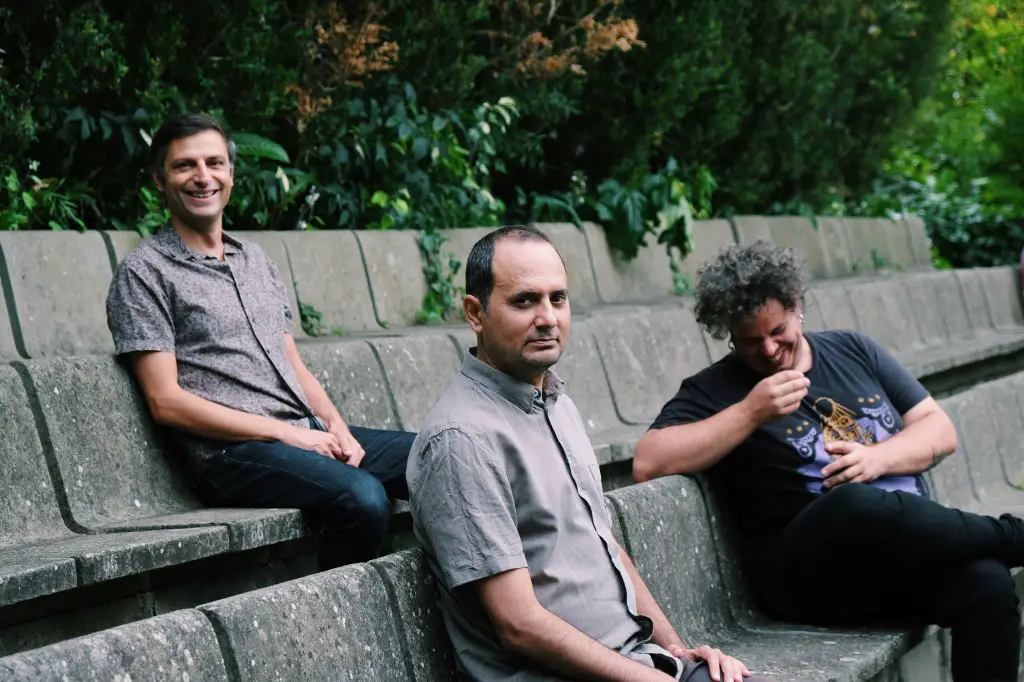
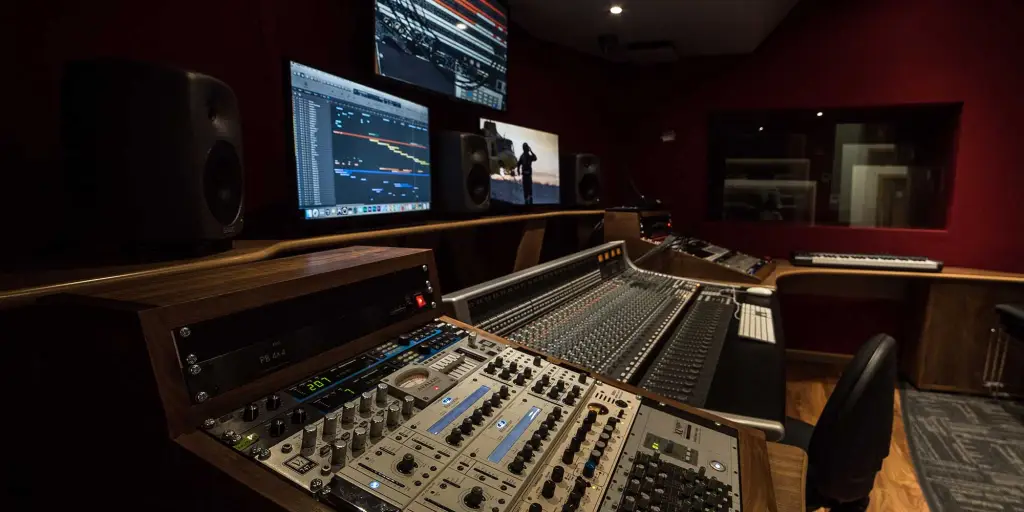

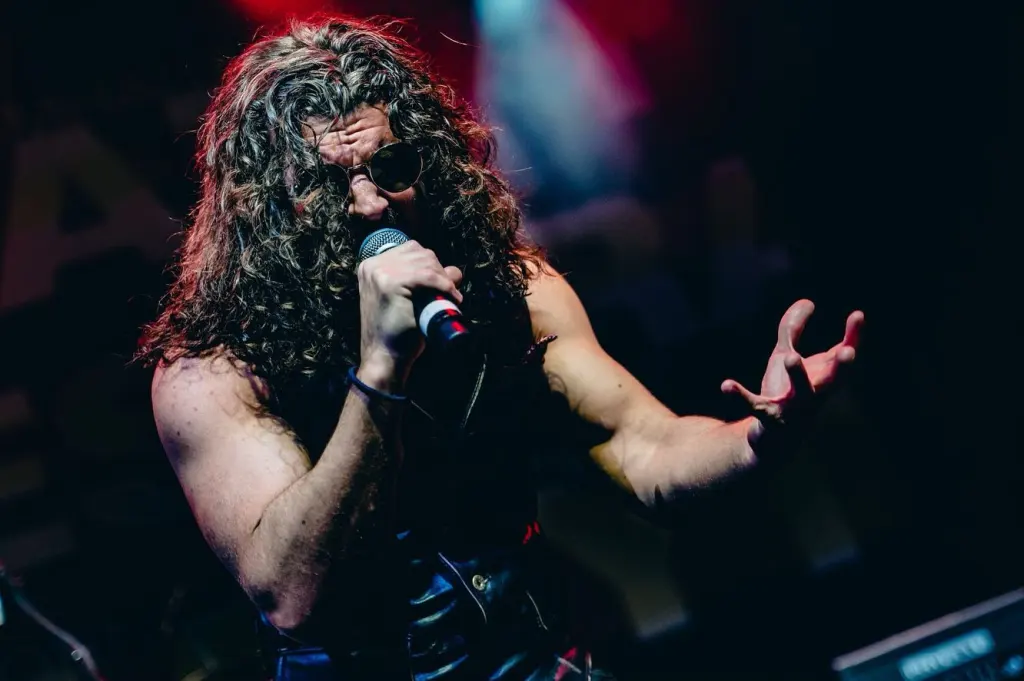

Leave a Reply